EuroCC National Competence Center Bulgaria
Short Description about NCC: The National Competence Centre of Bulgaria (NCC Bulgaria) in the area of High-Performance Computing (HPC), High-Performance Data Analytics (HPDA) and Artificial Intelligence (AI) has the goal to enhance and develop the competences of the Bulgarian computational community, making full use of EuroHPC resources and the EuroCC partnership.
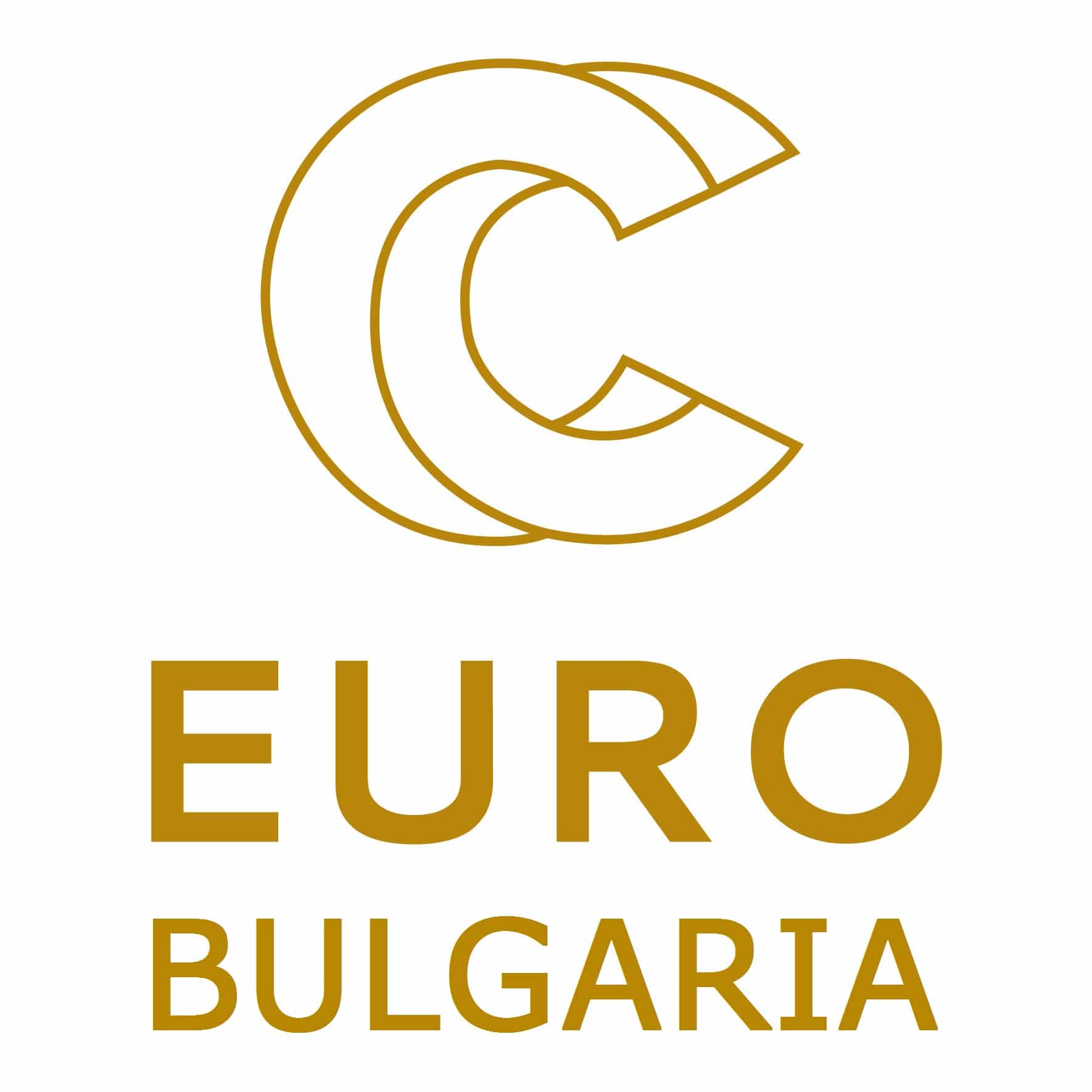
The NCC Bulgaria objectives are:
- Facilitate the use of HPC/HPDA/AI applications, resources and tools by users from academia, industry and public administration.
- Streamline access to high-level scientific/technical expertise and consulting through HPC know-how, access to modern equipment, software and tools.
- Create a solid foundation for training by identifying requirements, synergies and gaps, facilitating skills development and building HPC/HPDA/AI teams.
- Raise awareness of the benefits of HPC/HPDA/AI for potential industry users, including SMEs.
- Technology transfer activities at national level.
The main tasks of NCC Bulgaria:
- Development and implementation of a Roadmap for successful work in the field of HPC/HPDA/AI.
- Analysis of the existing competencies in Bulgaria in the three areas – HPC, HPDA, AI, identification of gaps and shortcomings and development of measures to overcome them.
- Development and maintaince of a web portal, providing a constant, high quality information flow to all participants and stakeholders.
- Development of innovative methods for technology transfer. Development of strategies for cooperation with business.
- Promoting HPC, HPDA, AI throughout society with a focus on industry and the public sector.
- Facilitating access to scientific and technical expertise, awareness raising and cooperation. Development of training programs.
- International cooperation and collaboration with the other 33 national centers of competence in Europe.
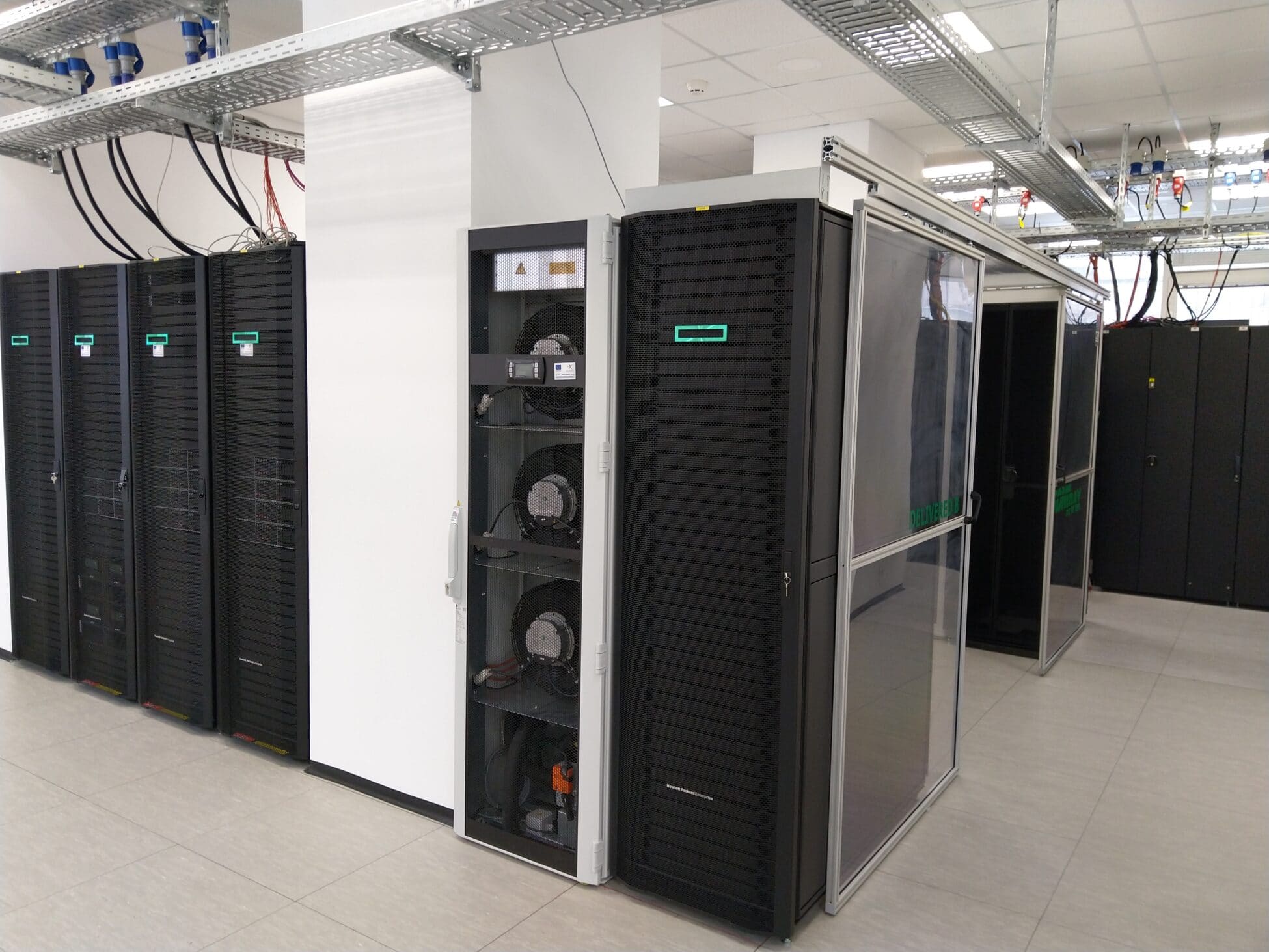
NCC Bulgaria partners:
• The NCC-Bulgaria is built by a consortium coordinated by the Institute of Information and Communication Technologies – BAS (IICT-BAS), www.iict.bas.bg, and two members, Sofia University “St. Kliment Ohridski” (SU), uni-sofia.bg, and University of National and World Economy (UNWE), unwe.bg. The three partners carry diverse technical and scientific background in the area of HPC and ICT in general, so as to ensure achievement of the project objectives and guarantee the overall success.
The partners collaborate with Sofia Tech Park, where the Discoverer EuroHPC supercomputer is operating.
For more information about events, trainings and competences, please, visit the NCC Bulgaria web portal:
Feel free to like, share and follow us.
We would love to connect with you!
User Stories
User Story 1: Assessment of Impact of Fleet Management on Air Quality
Description of the problem
A small Bulgarian enterprise that later joined an international group of companies has significant know-how in the development of software and hardware for fleet management. Due to the expansion of its operations it faces new challenges, related to the amounts of data to be processed and the customer’s needs for new services. The company contacted IICT HPC team for advice and consulting.
A potential new service was identified in the use of meteorological and air pollution information to provide options for optimization of traffic and decreasing the air pollution impact of the fleets. The goal of the project was to assess options for achieving “greener” fleet management, especially in the big cities. Work was done methods for data acquisition, aggregation and processing, combining publicly data sources with proprietary in-house data, in order to enable clients to optimize their operations.
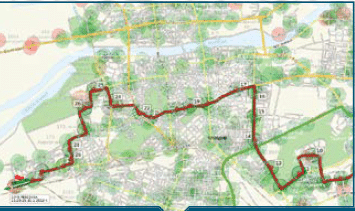
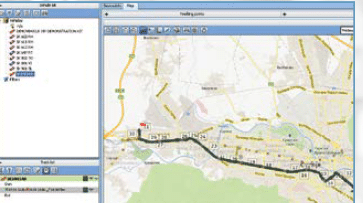
Provisioning of realtime tracking and routing
HPC usage
The project used the IICT HPC facility – the Avitohol supercomputer system, which integrates 150 servers HP Cluster Platform SL250S Gen8. The servers provide not only significant compute power (more than 400 Teraflops) but also have a total of 9.6 TB of RAM, which was important for in-memory data processing.
Results and future work
Through the use of IICT HPC resources and the available air pollution datasets, the company was able to carry out extensive simulations. The tests showed that by integrating industry-standard middleware in the data processing pipeline, there is sufficient compute and data processing power to achieve the required response times in order to be able to provide this service to the customers in a quasi-realtime manner. The successful completion of this project increases the innovative capacity of the company and improves its competitiveness in this rapidly expanding sector of the economy.
User Story 2: Simulation of Trimaran Motion in Multiphase Flow Conditions
Research field
Ship hydrodynamics
Developers
IICT-BAS and The Bulgarian Ship Hydrodynamics Centre (BSHC)
Description of the problem
The subject of this investigation is simulation of trimaran motion in multiphase flow conditions –which is one of the complicates problems in the ship hydrodynamics. The mathematical model includes Navier-Stokes equations. The approximate solution of these equations is performed by the finite element method, using OpenFoam CFD software. The geometry of the trimaran and the corresponding number of cells in the network are provided. With different geometries, the ship “behaves” differently in calm waters and in the presence of multiphase flow (wind/waves). To simulate the motion of a trimaran with certain dimensions, we use OpenFoam CFD software version 5.0, which includes a special library (libwaves.so) for simulating waves. The Rhino 5.0 product is used for the 3D model generation. Total number of cells is 9 631 050.
HPC usage
Avitohol supercomputer 150 computational servers HP SL250s Gen8, equipped with two Intel Xeon E5-2650v2 CPUs and two Intel Xeon Phi 7120P co-processors, 64 GB RAM, two 500 GB hard drives, interconnected with non-blocking FDR InfiniBand running at 56 Gbp/s line speed.
Results
To obtain a 3-minute simulation of the ship in calm waters, we need computer time of up to 1-2 weeks using a single server from the Avitohol supercomputer. That is why we had to distribute the calculations on several computational nodes in order to obtain a complete simulation. The figures show some moments (screenshots) in the simulation of the wave using CFD model for trimaran and what the interaction of wool with its bodies looks like.
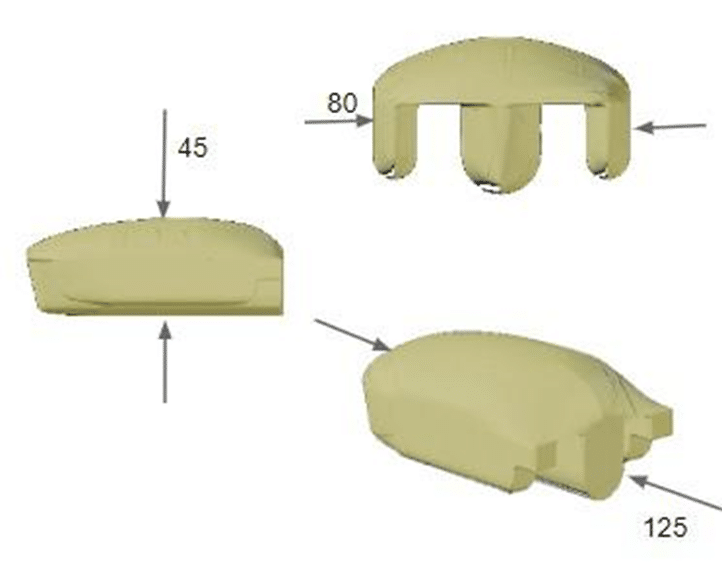
3D model of the trimaran boat
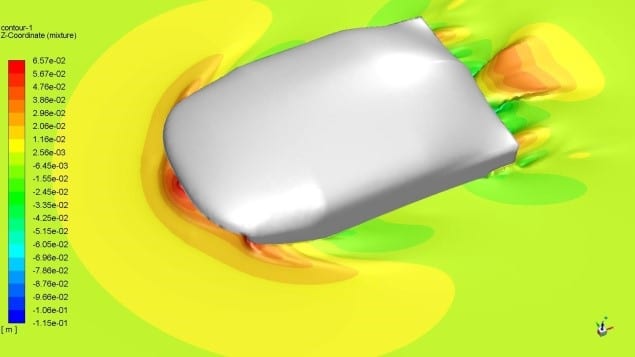
CFD simulation of the wave pattern of a trimaran
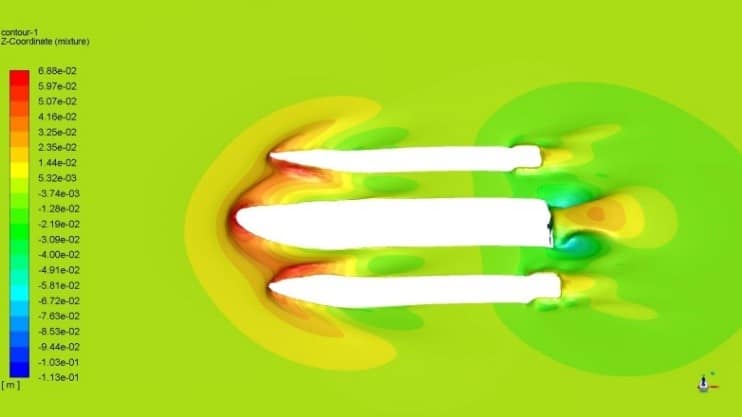
CFD simulation of the interactions between the trimaran hulls